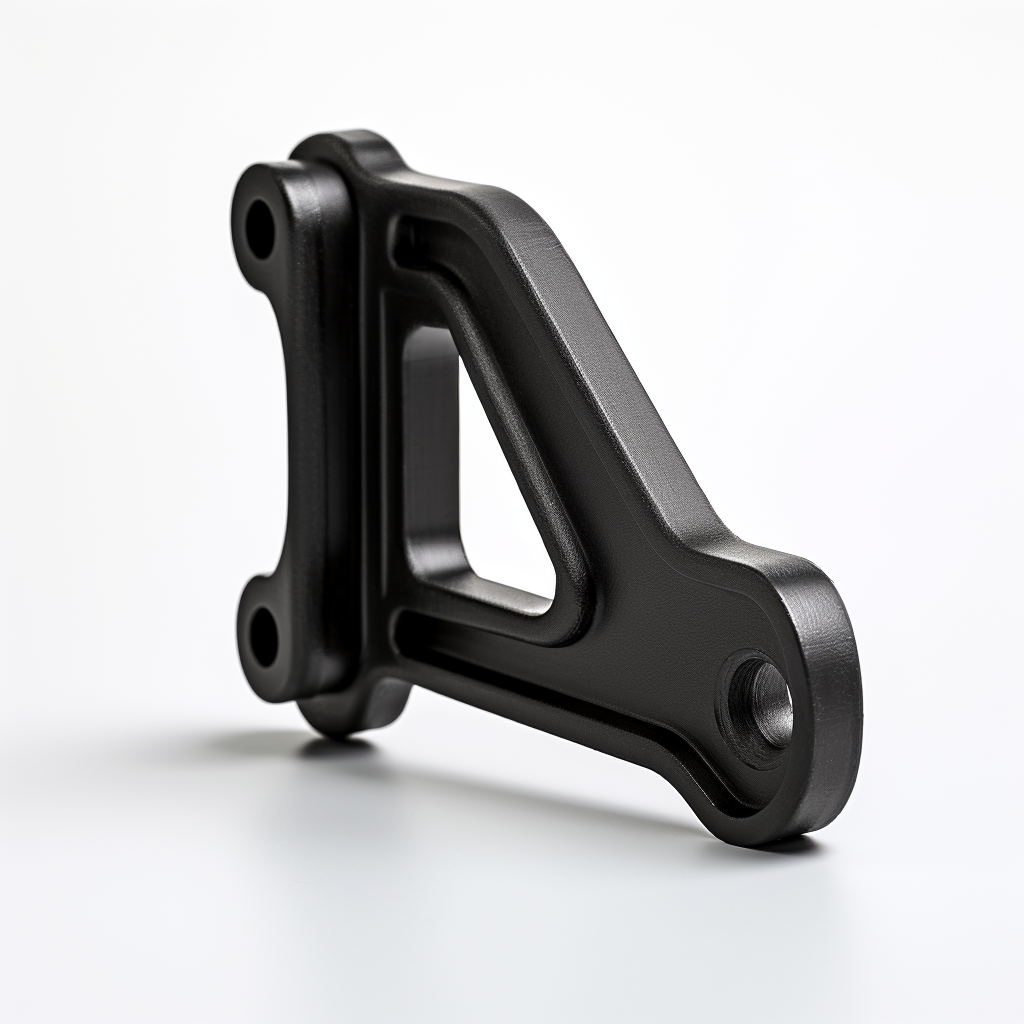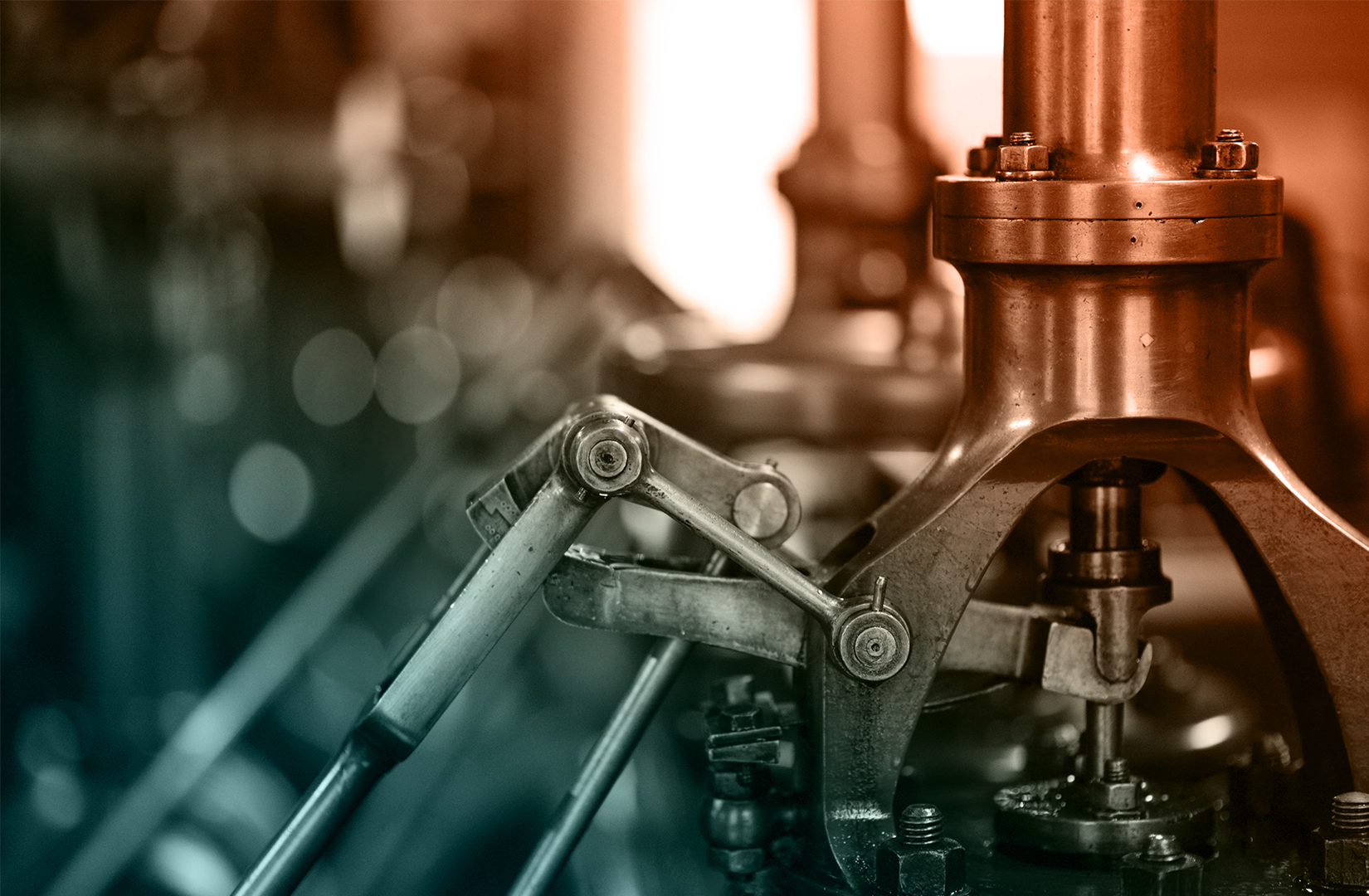
PBT Plastic (Polybutylene Terephthalate) Selection Guide
PBT (Polybutylene Terephthalate) is a high-performance thermoplastic polymer known for its excellent electrical insulating properties, chemical resistance, and dimensional stability. In this web page, we will explore the different types of PBT, its numerous advantages and disadvantages, and the diverse industrial applications where PBT plays a pivotal role.
PBT Plastic (Polybutylene Terephthalate) rapid manufacturing, & custom molded parts are available now!
Check with one of Canyon’s helpful product engineers for an expert material and manufacturing recommendation.
Common names include: PBT Plastic (Polybutylene Terephthalate), Trade Names: Ultradur®, Celanex®, HYDEX®, Valox®, Crastin®, Arnite®, Duranex®.

Advantages
- Electrical Insulation: PBT exhibits excellent electrical insulating properties, making it a preferred material for electrical and electronic components.
- Dimensional Stability: PBT maintains its shape and size, even in changing environmental conditions, ensuring precision in critical applications.
- Chemical Resistance: PBT is resistant to a wide range of chemicals, oils, and solvents, making it suitable for harsh industrial environments.
- Mechanical Strength: Glass-fiber reinforced PBT offers exceptional mechanical properties, including high tensile strength and stiffness.
- Low Water Absorption: PBT has low water absorption, ensuring minimal changes in properties even when exposed to moisture.
- Thermal Stability: PBT can withstand moderately high temperatures without significant degradation, making it suitable for use in warm environments.
Disadvantages
- Not Suitable for High-Temperature Applications: PBT has a lower heat resistance compared to some other engineering plastics like PEEK or PPS. It may soften or deform at high temperatures.
- UV Sensitivity: PBT can degrade when exposed to prolonged UV radiation, so it may not be suitable for outdoor applications without UV stabilizers.
- Brittleness: Unfilled PBT can be relatively brittle, especially at low temperatures, which may limit its use in impact-critical applications.
Common Applications of PBT
- Electrical and Electronics: PBT is extensively used for electrical connectors, switches, sockets, and circuit board components due to its excellent electrical insulation properties.
- Automotive: PBT is used in automotive applications, such as ignition system components, sensors, and connectors, where its dimensional stability and chemical resistance are advantageous.
- Aerospace: PBT may find use in aerospace applications where its dimensional stability and electrical properties are critical.
- Medical Devices: PBT is used in medical devices and equipment casings due to its biocompatibility and resistance to chemicals used in healthcare settings.
- Industrial Equipment: PBT is used in various industrial equipment components like gears, bearings, and pump housings due to its mechanical strength and chemical resistance.
- Consumer Goods: PBT is employed in the manufacturing of consumer goods, including kitchen appliances, power tool housings, and electrical enclosures.
- Plumbing: PBT pipes and fittings are used in plumbing systems, particularly in areas where corrosion resistance and dimensional stability are essential.
- Automotive Lighting: PBT is often used in automotive lighting components, such as headlamp reflectors and lenses, due to its thermal stability and optical clarity.
Please consult a Canyon Components Engineer about your specific application and we will use our decades of experience to formulate a solution that fits your need.
Types of PBT
PBT can come in different variations, depending on its composition and intended use. Some common types of PBT include the following.
Canyon Components strives to meet all customer service requests. Feel free to contact Canyon Components engineering and let our knowledgeable staff help you design the perfect part for your needs.
Unfilled PBT
This basic form of PBT (Polybutylene Terephthalate) is known for its excellent mechanical and electrical properties. It's widely used in electrical components like connectors and insulators, offering good insulation and heat resistance. Unfilled PBT is also appreciated for its moisture resistance, making it suitable for various electronic applications.
Glass Filled PBT
Enhanced with glass fibers, this type of PBT offers increased strength, stiffness, and dimensional stability. It's ideal for industrial applications that require robust materials, such as automotive parts, mechanical gears, and housings. The glass reinforcement also improves its thermal and creep resistance.
Flame Retardant PBT
Designed for safety-critical applications, Flame Retardant PBT contains additives that reduce flammability. It's commonly used in electrical and electronic components where fire resistance is a priority, including connectors, switches, and appliance components, without compromising the material's inherent mechanical properties.
High Impact PBT
This variant is modified to offer superior impact resistance, making it suitable for durable goods that must withstand shocks or impacts. High Impact PBT is often found in automotive bumpers, protective casings, and other applications where toughness is as important as the material's other inherent qualities.
Hydrolysis Resistant PBT
Specifically designed for exposure to hot and humid environments, Hydrolysis Resistant PBT maintains its properties in challenging conditions. This makes it ideal for parts in automotive cooling systems, parts that are frequently sterilized, and components in humid environments.
Alloyed PBT
Combining PBT with other polymers, such as polycarbonate, enhances certain properties like impact strength, heat resistance, and ductility. Alloyed PBT is used in a wide range of applications, including automotive components, electrical housings, and consumer goods, where the benefits of multiple polymers are needed in a single material.
Please consult a Canyon Components Engineer about your specific application and we will use our decades of experience to formulate a solution that fits your need.
Manufacturing Options for PBT
PBT parts can be manufactured using several methods, each suitable for different applications and part complexities.
Each of these methods has its own advantages, limitations, and cost implications. The choice of manufacturing technique usually depends on factors like the complexity of the design, required precision, material properties, and production volume.
Canyon Components strives to meet all customer service requests. Feel free to contact Canyon Components engineering and let our knowledgeable staff help you design the perfect part for your needs.
Back to Plastics Hub

Get A Quote Now!

Groove Design References
Learn More
Coatings, Packaging, & Other Services
Learn More
Custom Parts & Custom O-rings
Learn More
